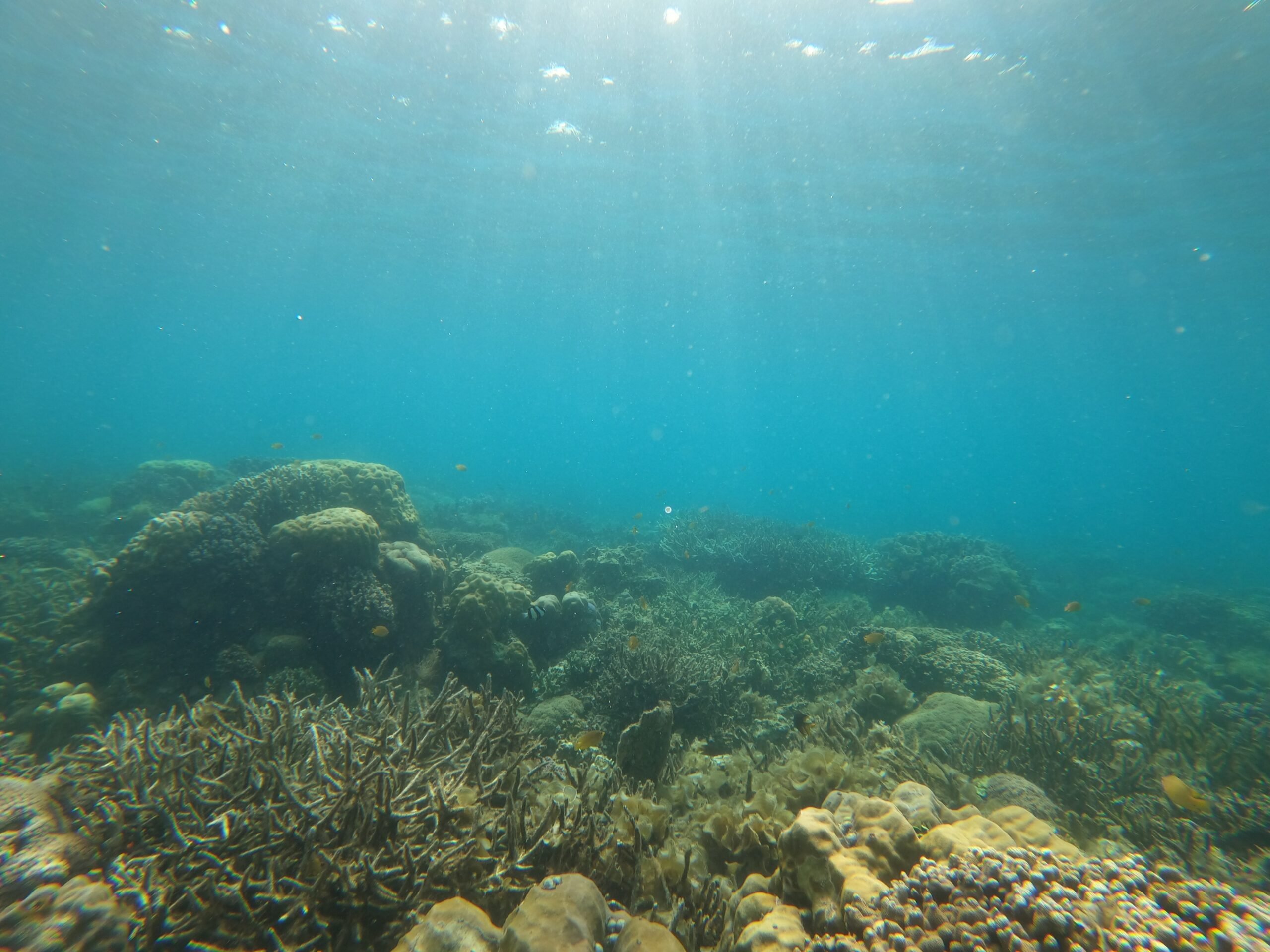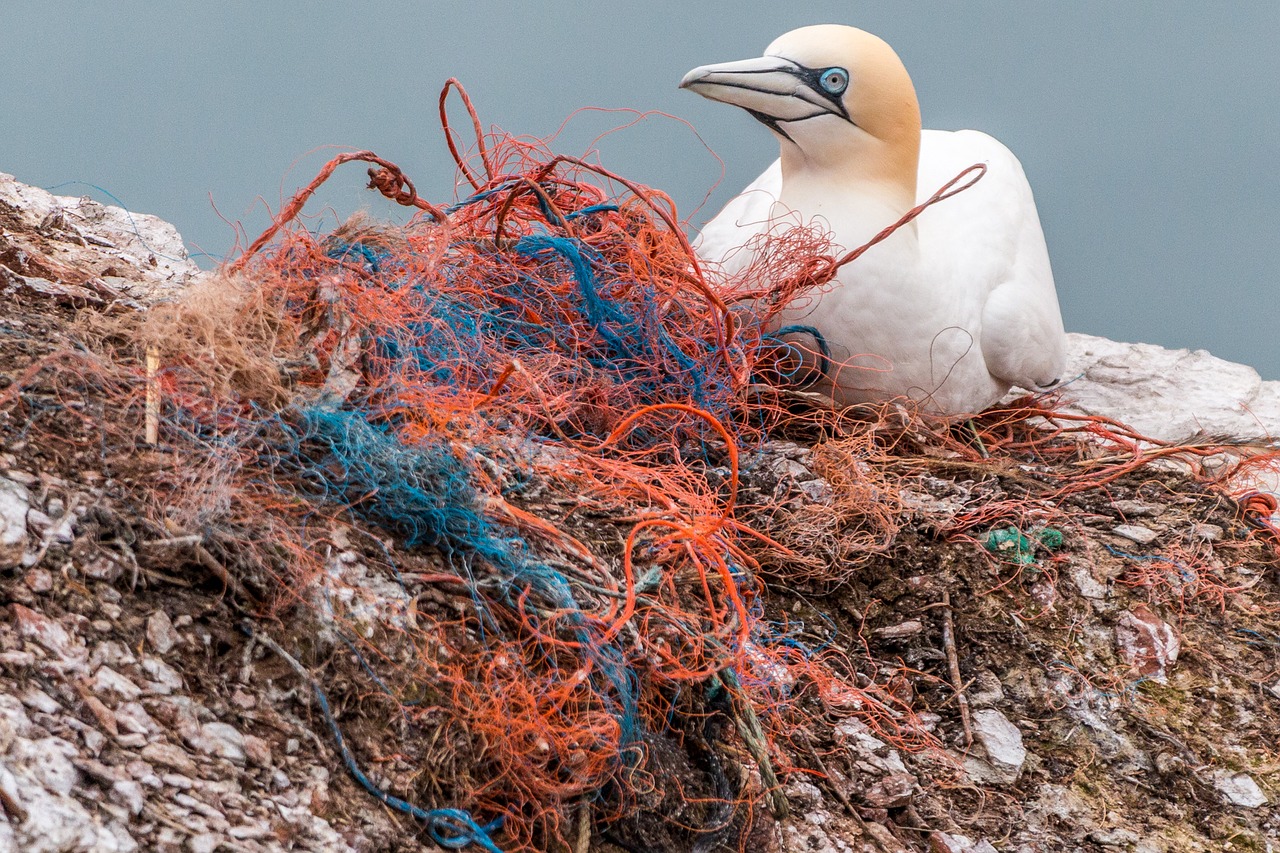
Researchers and engineers from the University of Southampton are working together by using geospatial autonomous mapping tools and AI technology to survey and assess the health of seagrass beds in Studland Bay, Dorset, says the University of Southampton in a press release.
Seagrass is a flowering plant which lives in seawater and forms meadows in the seabed. They are an important ecosystem offering habitat and nursing grounds to diverse species, and due to their capability to capture and store carbon, can help protect coastlines by stabilizing the seabed to reduce flooding.
The project, funded by the Southampton Geospatial initiative, involves deploying autonomous vessels capable of mapping the seagrass bed using cameras and acoustics. The data will be collected and used to build a 3D digital map of the seabed and assess the health of the seagrass beds and extent of damage caused by boat anchors. The state-of-the-art data is needed to inform nature-based solutions for coastal protection and habitat conservation in the Studland Bay Marine Conservation Zone.
Supporting the local community
The seagrass beds are within the Studland Bay Marine Conservation Zone. Working with organisations from the Studland Bay Marine Partnership, the team will share the data with the local community and assist efforts to protect this important habitat.
Dr Hachem Kassem, Principal Investigator for the project: “Our work will support the local community and organisations that manage the area, to implement an appropriate conservation strategy to protect and promote the health of these seagrass meadows. This is vital as seagrasses help protect against coastal erosion and flooding, are incredibly efficient at capturing and storing carbon, as well as being a crucial habitat for a variety of species.”

Two autonomous vessels
In partnership with Dorset County Council and the Dorset Coastal Forum, Hachem and the team have been conducting surveys of Studland Bay using two autonomous vessels. PicoCAT is an uncrewed, autonomous surface vehicle (ASV) which carries acoustic sensors (multibeam echosounders) to map the seabed, examine the distribution of vegetation and the height of the seagrass canopy. Smarty200 (Sparus) is an autonomous underwater vehicle (AUV) that carries cameras and optical sensors to survey the seabed and seagrass. The data collected (tens of thousands of images) will be analysed and interpreted by supervised AI to construct a 3D image of the seabed.
The team have also deployed pressure transducers to measure the tides and waves for the duration of the programme and completed repetitive scientific dives to the seabed. This is to assess the health of the seagrass ecosystem, understand how anchor scars have affected marine life and examine whether the installation of eco-moorings has prevented any further damage and/or promoted recovery of the seabed.
Popular boating area
MSci Marine Biology and Oceanography student, Bronwyn Walker-Rouse: “It’s really important that we survey this because it’s a very popular boating area. There are so many different organisms like anemones, seahorses and fishes in the bay and you can really see why seagrass is an important habitat and why it’s such an important ecosystem to protect.”
Selected for you!
Innovation Origins is the European platform for innovation news. In addition to the many reports from our own editors in 15 European countries, we select the most important press releases from reliable sources. This way you can stay up to date on what is happening in the world of innovation. Are you or do you know an organization that should not be missing from our list of selected sources? Then report to our editorial team.
